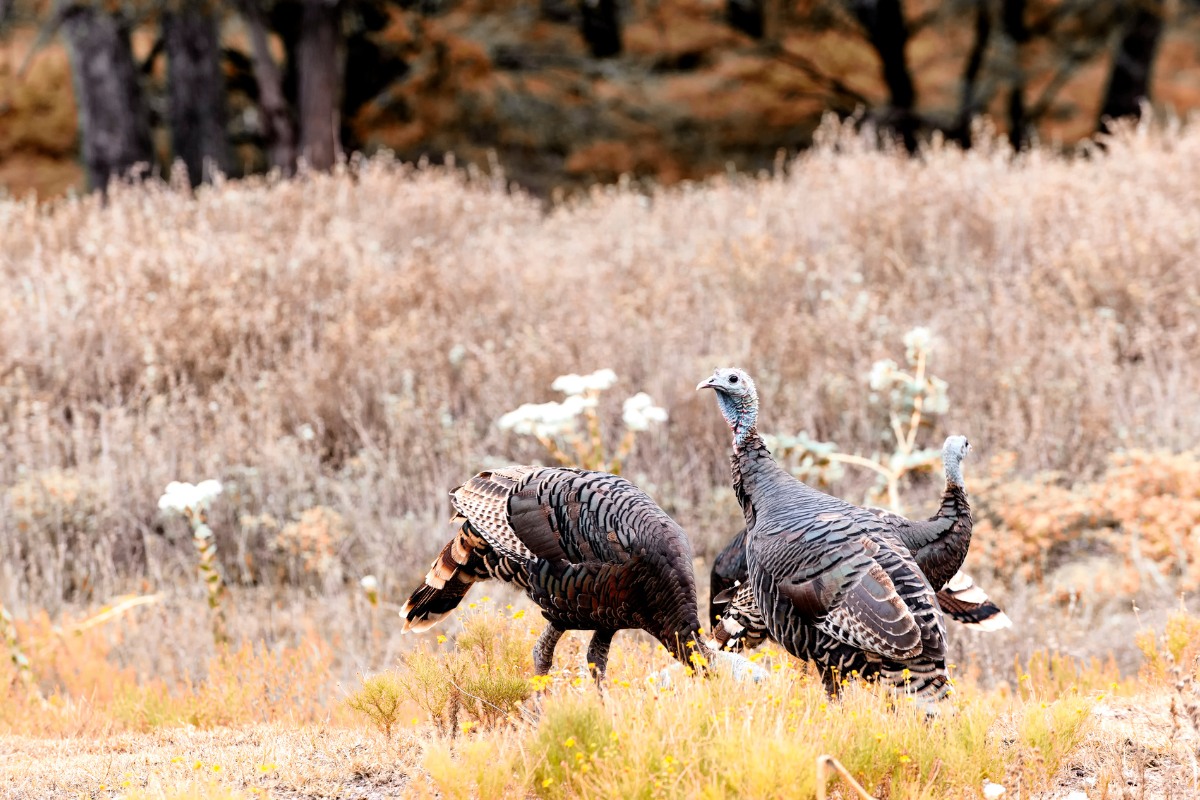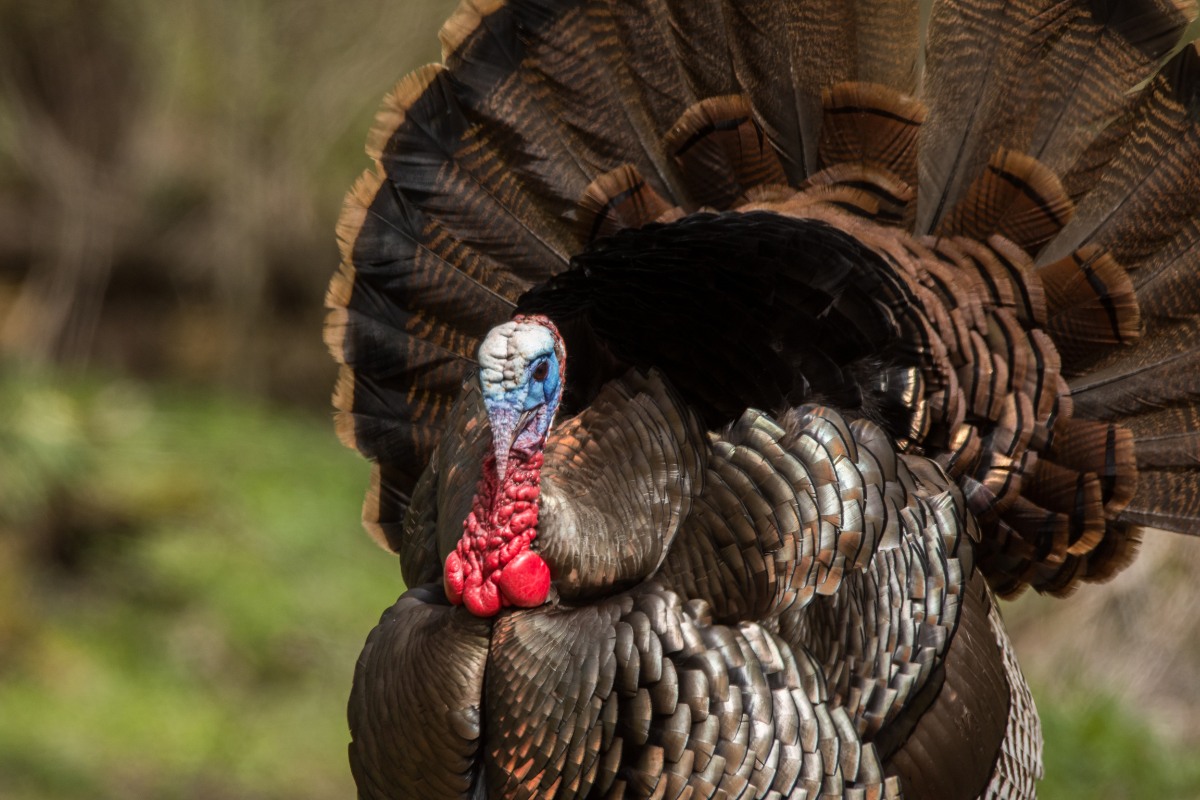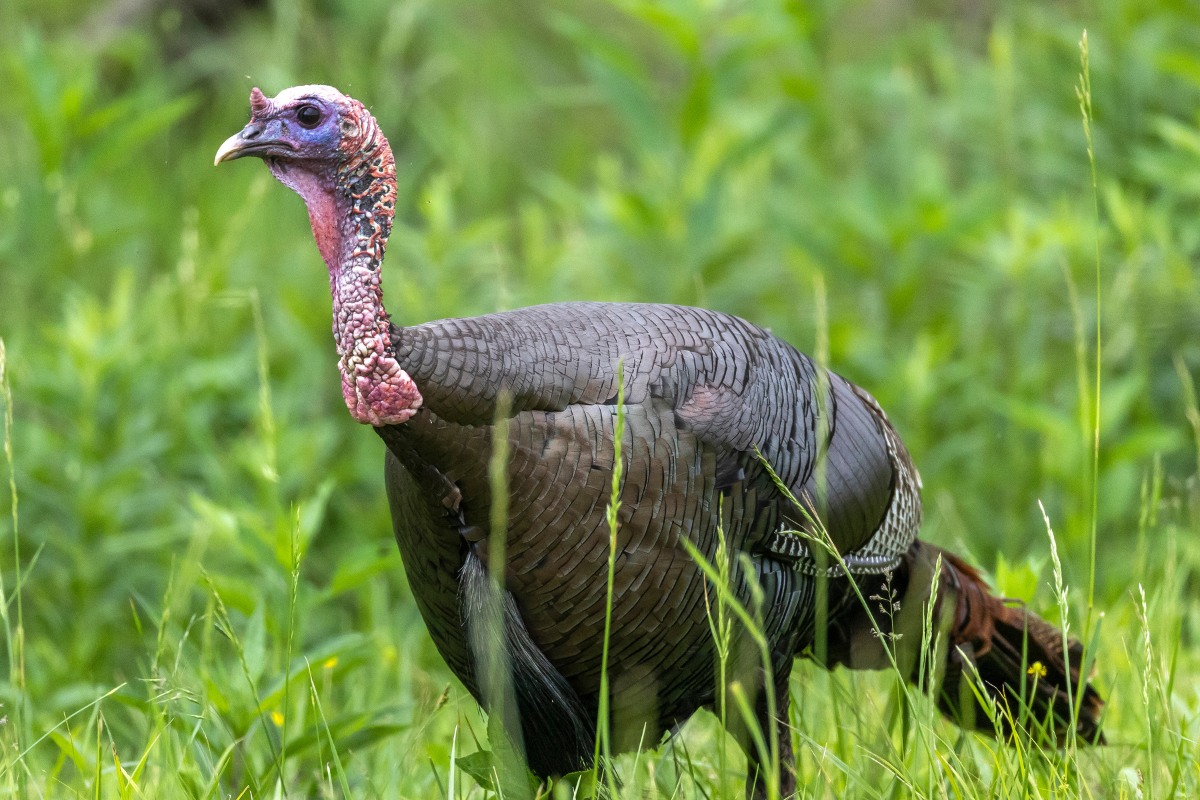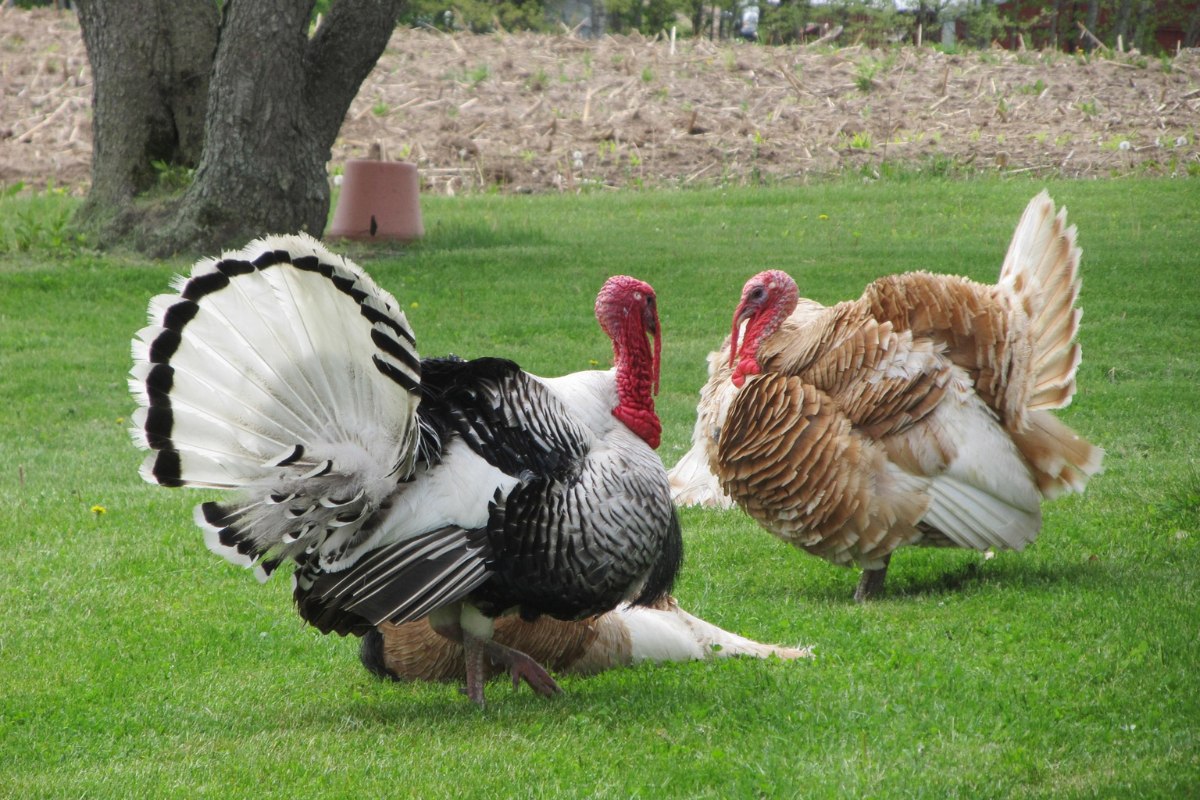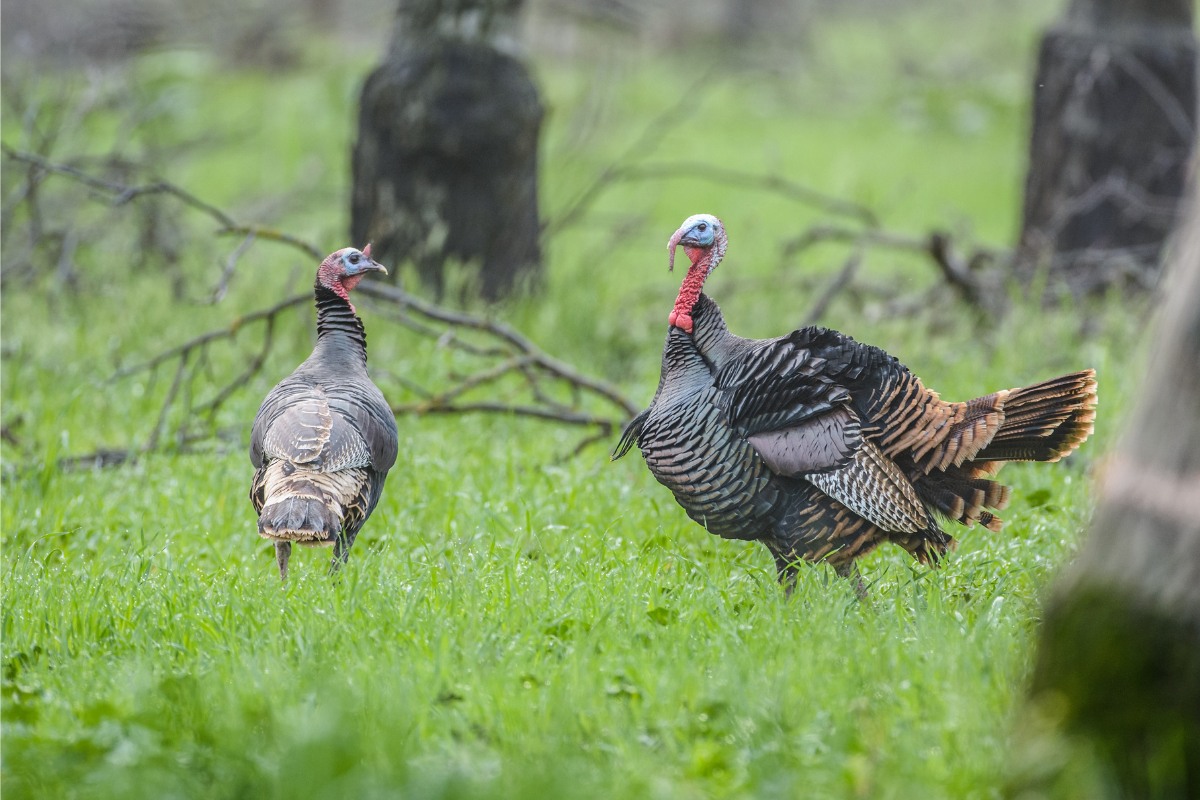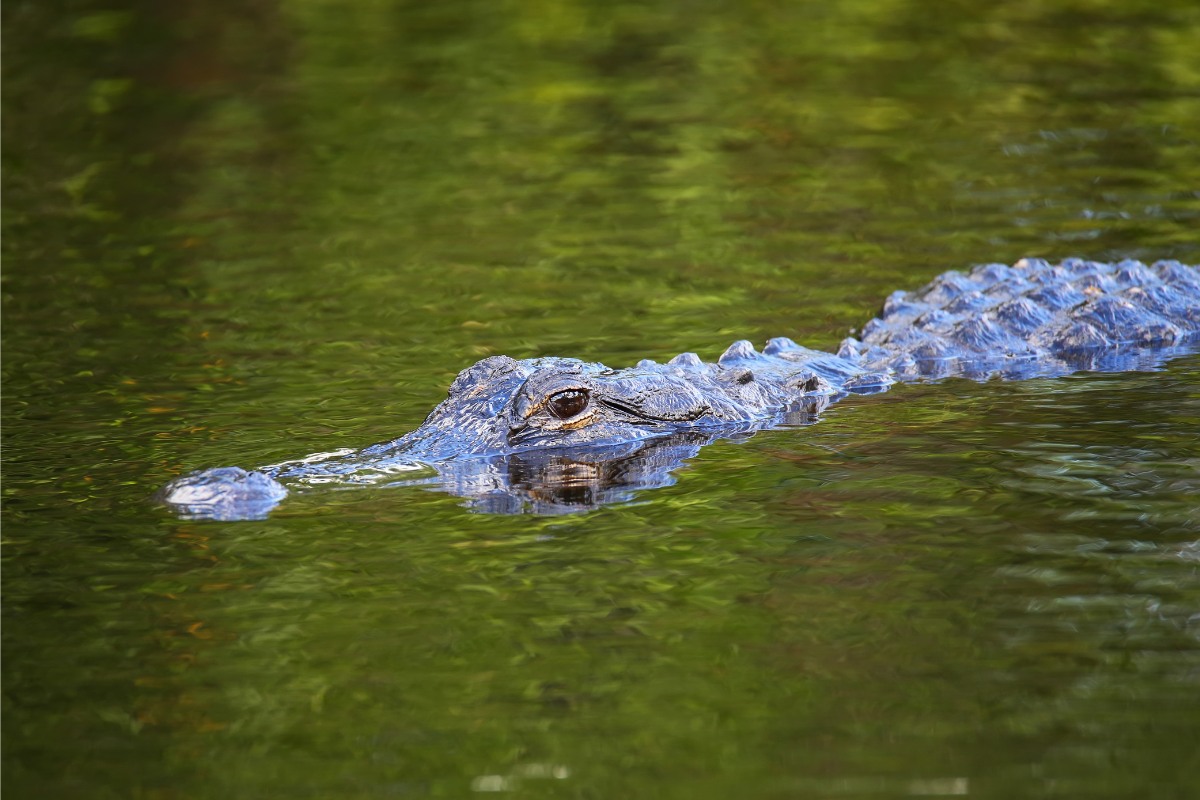Forget rabbit or duck season; we’re talking about turkey season. These paranoid little (or big) critters are some of the most exciting prey a hunter can pursue. As the spring season approaches, seasoned veterans are prepping their gear in anticipation of this wonderful time. However, not everybody is ready. New hunters, especially, can be caught off guard when challenging a domineering tom.
You see, while turkeys might have a brain the size of a peanut, they make up for it with speed, visual acuity, temper, and an innate sense of danger (which could rival Spider-Man)! Thankfully, you can level the playing field with knowledge. But where can you easily find this information? Well, right here, because we did the research for you. Now get out there and bag yourself the biggest tom you can find using our top 15 turkey hunting tips!
Weather Is Your Friend
Turkeys, as with other wild animals, will have their behaviors influenced by the climate. Rain, for example, will make them seek large open fields for roaming, while heavy winds send them to forested zones.
Looking for them on warm sunny days will actually yield the best results, as they’re relaxed and less likely to be on high alert.
However, do keep in mind that some areas might still have snow during early spring. While you can go hunting in snowy climates, we don’t recommend it. Turkeys aren’t breeding as actively in the snow, but you might still find some out there looking for food.
Call the Turkeys
Turkey calls are some of the most effective tools in a hunter’s arsenal. Knowing how to use one effectively will improve your chances of catching a tom. However, learning how to use multiple types of calls drastically maximizes your probabilities of getting multiple prizes that day.
Your best odds involve using a diaphragm call. You insert these into your mouth and keep them there without necessitating any additional movements. Turkeys’ keen eyesight ensures they will quickly notice a hunter operating their call by hand. As such, we recommend you master these first.
Cadence, Rhythm, and Tone
Turkeys have about six different calls they use, all of which have their own distinct uses. Knowing and understanding when to use each one, as well as their rhythm, tone, and cadence, will allow you to manipulate a tom or hen to your advantage.
When you’re first practicing the use of your call, try to master these aspects quickly. Once they become ingrained in your muscle memory, you’re less likely to botch them up when tensions rise.
Do keep in mind, some hunters swear by the clucks and purrs, but others claim angry hens use them to signal their bad mood. We personally ascribe to seeing turkeys use it as a form of signaling their location to others. After a few trips, you’ll start to get a feel for the turkeys in your area and the sounds they make.
Decoys, Real or Otherwise
Some hunters will use realistic-looking hen decoys to attract toms looking to mate. Others go the extra mile and use a local hen to bring out the males. Whatever route you go, know that if you’re going to hunt turkeys, using decoys as bait can make for a great ambush.
When using a fake bird, just make sure you bring the right call to bring all the toms to the yard. In wide open areas, it’s best to use multiple decoys in order to fool the tom into approaching the flock. Alternatively, using one or two hens in a forested area is more effective with the right cover/call combination.
Using a real hen as bait, however, requires additional work. You’ll need to use a combination of calls with some luck to keep her in the area in order for her to do all the work.
Preserve Elements from a Previous Hunt
Some hunters go the extra mile with their decoys and actually use parts from other turkeys to add to the realism. By preserving the wings, the tail fan, and other parts of turkeys from a previous hunt, you can make an even more realistic decoy for future hunts. Videos exist online on how to preserve these parts, and they’re pretty easy to follow.
The Element of Surprise
Scared turkeys will tend to gobble in fear or surprise. Hunters use a variety of loud noises (such as slamming car doors) to spook them into gobbling, revealing their location and making it easier to know if there is prey in the nearby area.
Plenty of different noises can alert turkeys, including natural ones like the sounds of rocks hitting each other. Feel free to experiment and see what works for you.
Patience Is Your Friend
New hunters, especially, tend to become impatient when hunting for turkeys. One of the biggest mistakes they can make is abusing their calls. They forget that wild turkeys are normally quiet animals, as they’re not high on the food chain. This particular trait helps them avoid predators.
Inexperienced hunters might not know this and think that by using their call repeatedly, they’re attracting more prey. Instead, toms are interpreting this as a sign of danger and a signal to flee. To avoid that scenario, try spacing out your calls effectively (this will require some time and practice).
Once you do get a response, it’s time to play hard to get. Use your sounds effectively. Don’t respond to every gobble you hear; make your prey work itself into your hands.
Calibrate Your Sights and Scopes and Check the Loads
Nothing ruins a hunter’s day faster than messing up a shot because they forgot to calibrate their gun sights/scopes earlier. Good hunters know that testing your weapon before going out hunting will let you get the most with less ammo.
We also recommend checking your load, as not all of them will have the same pattern and can easily ruin a perfectly aligned shot if untested with a few practice shots.
Be Tactical, but Don’t Be Scared of Running and Gunning
Using cover to your advantage is always the recommended plan of attack when hunting for turkeys. But, be mindful, this option will not always be available to you.
In those situations, running and gunning might be your best choice. Just make sure to minimize the distance as much as possible and start sprinting the moment he finally notices you.
Give Them the Time of Day
Expert hunters will swear that mornings and evenings are the best times to go out hunting for turkey, and they’re not wrong. There is definitely a reason why it’s a well-known fact, but we do suggest trying out different times of the day.
As the season progresses, the hens will start staying close to their nests while the toms go out to play. We recommend keeping this bit of knowledge in the back of your mind whenever you go hunting.
Plan Your Strategy with Some Scouting
One of the first things you should do when hunting turkeys is find out where they roost. Once you have spotted a few nests and have an idea of their roaming patterns, you might be tempted to ignore the habits of the hens you find, but don’t do this. Instead, learn their patterns, their feeding areas, and habits. Use this knowledge to bring the toms towards you.
What is the best way to do this? Go search for their roosts the day before. As you’re searching in the woods, quietly listen for the sounds of flapping wings and other turkey noises you can recognize.
A good time to do this is during the fall when most trees have lost their leaves, especially once it’s dark as they will be roosting up in their trees. This will give you a huge advantage when the spring turkey season begins as you can map out a strategy beforehand.
But, it also has the added benefit of letting you know where they will be the following autumn, as fall roosts don’t change unless the local food sources vanish.
During the day, look for tracks, feathers, droppings, and other clear signs of a turkey staying in the nearby area instead. Finding an area that has a lot of these can also signify that you are in the presence of a roost.
Early Hunter Catches the Bird
Continuing from the last tip, once you have scouted and planned your strategy, ensure you wake up as early as possible. Make your way towards the spot you spotted the turkey and rile him up using a call.
Once the tom is curious about the “hen” below, slowly draw him to your location, and get him when he least expects it!
Follow Their Feeding Habits
Turkeys are all about food in the fall season. You should keep an eye out for these sources while scouting. Look for berries, pine seeds, bugs, grain crops, acorns, and even grapes, as they love these. Once you have located a clear source of food, try stalking the area until a tom comes to feed. Use your calls effectively to make this an even better ambush.
Ask for Help
The best way to make the most out of a hunting trip is to bring along a seasoned hunter with you. They can provide you with personal anecdotes, experience, tips, and tricks that worked for them, especially if they hunt a lot in the area.
They can also teach you how to use calls more effectively and critique you on any mistakes you might have made in order to help you improve.
Additionally, there is nothing like setting up an ambush with the help of another hunter. Just have them stay a few yards away from you and use a call. The next thing you know, that tom you’re stalking walks right into your line of sight while looking for the “hen” that’s standing behind you.
Even just chatting with other hunters and exchanging information will go a long way, so just because someone rejected an invite doesn’t mean they’re not helpful.
Understand the Different Breeds
Not every turkey is built the same way. There are plenty of breeds out there with their own habits and calls. Knowing the type of turkey that is in your area goes a long way to helping you succeed at hunting. If you go in there thinking every turkey is the same, you’re probably going to leave empty-handed.
Understanding your prey is, after all, a big part of hunting, and turkeys are no different.
Enjoy the Hunt
At the end of the day, if you’re not enjoying the thrill of the hunt, it might not be worth it to go out hunting. Many people don’t understand the joys of stalking your prey, struggling against the environment, and getting in touch with your primal roots in the way that hunting does.
But, those who do understand it will vouch for how fantastic it feels to bring home the bacon (in this case turkey bacon) after a nice short trip. Nevertheless, even if you do return home empty-handed, fear not, as every time you get out there is an opportunity to improve your tracking, stalking, and stealth skills.
Additionally, you’ll gain some insight into what areas of improvement you could have. For that reason, you should never feel sad about an unsuccessful hunt. Just remember that you’re there to have fun and hopefully catch the big one!
Conclusion
Hunting turkeys is awesome; hunting these birds is a challenge that requires both skill and patience. Just keep in mind that while they might have a small brain, they’re by no means dumb animals. With keen senses and sharp intuition, they’re more likely to run away than to end up as prey.
But, with our tips, you should be able to get out there and bag yourself a tom in no time. Now, it’s time to get your guns (or bows) ready, prepare your plan of attack, and wake up bright and early! With some skills and the right equipment, you’ll be swimming in fowl before you know it.
